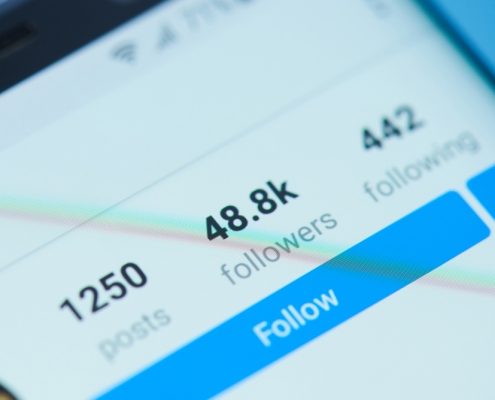Today it is almost impossible not to have heard the term “influencer”, and even though this strategy is not entirely new, since brands have been using celebrity endorsement way before the appearance of Instagram, Youtube or Facebook, its use has been growing increasingly with the rise of the internet and social media.
Big and small brands continue to incorporate influencer marketing into their marketing plans, from macro-influencers with millions of followers to more accessible or local micro-influencers with follower counts in the thousands. In all cases, marketers and brands are looking for more effective ways to reach their audiences in an overly saturated market, and influencers provide a platform to engage with consumers through someone they trust, is an expert in the industry or even admire -as is the case of celebrities.

But as popularity rises concerns do too. With an industry that is growing so much that is expected to be worth up to $10 billion by 2020, everyone wants their share and shady practices started to come into attention. Fake followers, bots, fraud and false advertising are some of the topics that concern both brands and consumers. It doesn’t take more than a quick search on Google to discover tons of internet “companies” offering followers for a very low price and with “instant delivery!”, proving that there are still a lot of regulation issues that need to be addressed.
For companies, investing thousands of dollars on fake influencers or fake engagement can not only affect them in their wallets, as they will see little or no return in their investment, but could potentially ruin the relationship with their consumers, perceiving them as untrustworthy. On the other hand, consumers may be affected by deceptive advertising, as popular influencers and celebrities share sponsored content with products they really don’t use, of dubious effectiveness or even promoting, without knowing, potential scams (Fyre Festival anyone?).
In summary, what we must rescue from all this is that any strategy that we implement for our brand has to be done right. When it comes to influencer marketing we have to do the research, make sure accounts are trustworthy, that their followers fit our target market, that there is an authentic relationship between influencer and brand and to avoid at all cost any dishonest practices.


